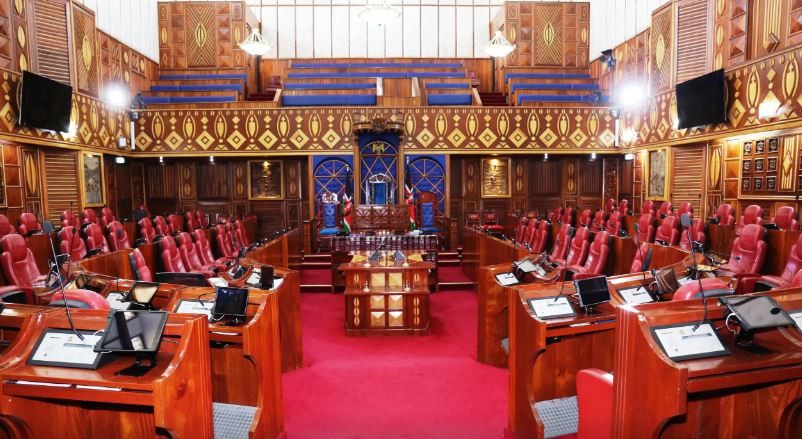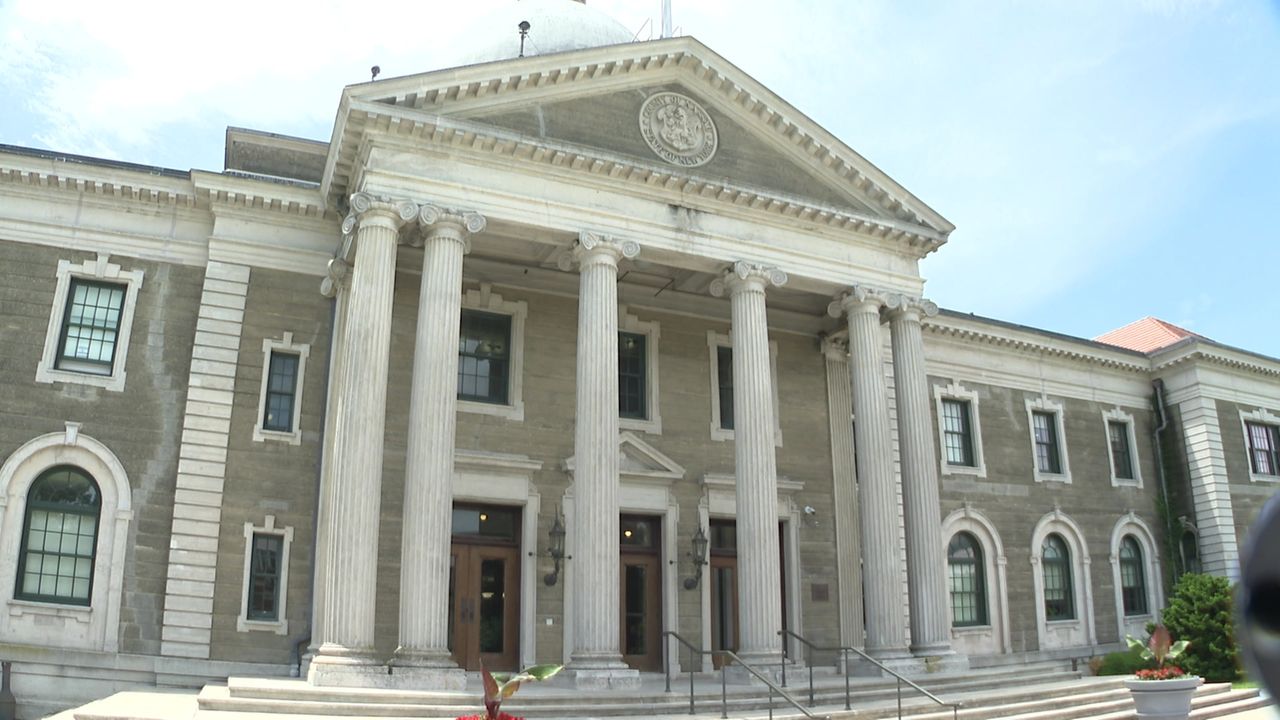Among those renovating property in Blytheville is Seth Wyatt, a maintenance electrician at Nucor-Yamato Steel. His family owns, builds and renovates a number of residential properties in Blytheville, and Wyatt bought 12,600 SF across three historic commercial buildings on the town’s Main Street in 2021.
One of those buildings was his grandfather’s former music store, Toombs Tunes. Wyatt also owns a Pizza Inn franchise in Blytheville.
“Downtown is the heart of every city,” Wyatt said in an interview. “That’s where you need to focus in order for us to thrive as a city. Our Main Street has to be booming.”

His brother Matthew Wyatt also is participating in the efforts. He’s currently renovating the 3,049-SF former Burge’s Shoe Center, built in 1925, which he bought for $38,000 in May. He already owned the 3,500-SF building next door to the center, purchased in 2023 for $32,000. That building now operates as a bookstore, boutique and hair salon, The Main Studio.
In Osceola, Michele Vachon, sustainability division manager at Big River Steel, has purchased at least “four buildings without roofs.” Vachon has already renovated one of the buildings, an $8,000 purchase, opening Copper Gardens, an outdoor beer garden she operates with partners Sue Emry and Chastity Beaudette.
Vachon also purchased the historic Osceola Times building for $25,000. Built in 1901 by Osceola’s first mayor, the building housed the town’s newspaper for more than 100 years.
“It’s the oldest remaining building in all of Osceola,” Vachon said. “I found out that it was going up for sale on auction, and I bid on it, and I kept bidding. I wasn’t going to let that building go. It has such charm and potential, minus a roof.”
Vachon also owns land within walking distance to downtown.
And Guy Pardew, vice president of Olympus Construction of Jonesboro, bought and is currently renovating two of the oldest parcels in downtown Osceola, formerly a jewelry store and barbershop.
The timing isn’t coincidental. As of May, the county’s Work Here, Live Here program had facilitated 156 home purchases, bringing $37.4 million in home construction. But much of the residential development has occurred outside of the historic downtown cores.
Darby said downtown revitalization is “crucial for modern workforce attraction.” And individual developers feel the same.

“If somebody comes to town and you take them downtown, and it’s not going well, there’s buildings falling in, their first thought is ‘I’m not living here,’” Seth Wyatt said. “But if they know they can come downtown and eat, shop, have fun and feel safe doing it, that will change the way people see our city.”
Wyatt, Pardew and Vachon also want to attract more small businesses to the downtown areas.
“There’s really no other office space or small commercial space that’s available, and if it is, nothing that’s been renovated or repaired significantly,” Pardew said. He’s looking to rent his building to a small business once it’s renovated.
Wyatt rents one of his buildings to financial services company Flatland Financial. Another is an event venue, which Wyatt said was his “baby.”
“That one was a big, big project,” Wyatt said. He was able to restore the building’s original metal ceiling and plaster walls. The space is now used for “every type of event you can think of,” he said.
“I probably spent more than I should have, but it wasn’t as much about the money as it was about the character,” Wyatt said. “We want to fix these buildings up, give people a reason to get down here. And also take pride in what we have, because it does look cool.”
For the developers, the work represents both business opportunity and community investment.
“That revitalization of downtown for the economic benefit of our community is possible, and it starts with attracting people back to our downtown, boosting our local economy, enhancing property values, putting them back on the tax roll,” Vachon said. “We can be vibrant again.”
Her vision for the Osceola Times building includes a restaurant and bar on the ground level, connected to Copper Gardens. The upper floor would be a loft-style apartment, aiming to add residential options.
Copper Gardens has hosted class reunions and charity fundraisers, including raising money for local museums. The beer garden, now in its first official summer season, also served as a gathering spot during the Osceola Heritage Music Festival.
“If we make enough money, we plan to invest more,” Vachon said. “We don’t have a fancy bank loan or anything. This is out of our own pocket. They call it bootstrapping.”
“When people consider moving to a new community, they often look at more than just job opportunities — they want a place that feels vibrant, safe and welcoming,” Darby said. “For industries recruiting talent into Mississippi County, showcasing revitalized downtowns can be a factor in a candidate’s decision to relocate here.”
But developers acknowledge this is only the beginning of a long process. Wyatt said it could take 10 years to see significant transformation, using Batesville’s revitalized Main Street as a benchmark.
“We’re still chipping away,” he said. “There’s still more buildings to buy and redo, and there’s businesses that we need down there. It’s not even close to where we should be.”
One thing Vachon, Pardew and Wyatt all agree on: the need for more investment.
“You’ve got to have the city engaged at the table. The corporations that have a vested interest have to be at the table,” Pardew said. “It’d be good to see some investment not just from the private side, but from the public. These small movers and shakers that are spinning every nickel and dime we’ve got to make something out of it — the hope is that it’ll catch on and people decide to contribute.”
Vachon and Wyatt also both hope to create more housing in and around the downtown areas, which would drive even more development of restaurants and shops. Wyatt hopes to find a building with enough room to turn into apartments.
Darby believes policy changes and state-level marketing could also accelerate private investment. “Targeted state and federal incentives for rural downtown development — like tax credits for historic preservation, new market tax credits and low-interest financing — could be expanded for smaller communities like ours,” she said. “Increasing grant accessibility for streetscape, broadband and infrastructure upgrades would reduce barriers to private investment.”
Darby also said the towns need small business development centers, innovation hubs and technical assistance programs that help local entrepreneurs launch and scale businesses in historic areas.
“I’d like to see the city show us that they care about it too,” Wyatt said. “Throw some money at it. Come to a few of the businesspeople down there and ask what we need.”
Darby said downtown development is “just getting started.”
“We’re at a unique point in Mississippi County’s history,” Darby said. “We’re the largest steel-producing county in the nation, and we’re working hard to ensure that prosperity translates into livable communities, vibrant neighborhoods and thriving small businesses.”
For Wyatt, who was born, raised and still lives in Blytheville, the motivation is somewhat personal. “I want to be able to look back and say, ‘Remember when I first started doing this, and you guys were saying it was impossible? Now look where we’re at.’”












